Ludwig van Beethoven

Ludwig van Beethoven (17 December 1770 – 26 March 1827), German composer and pianist is one of the greatest and most revered; whose works rank among the most performed spanning the Classical period to the Romantic era - as a musical innovator, he translated feelings into music.
Ludwig van Beethoven was born in Bonn, Germany, the son of Johann van Beethoven (1739 or 1740 – 18 December 1792), a German musician, teacher, and singer who sang in the chapel of the Archbishop of Cologne.
Beethoven's father, who was his first teacher, wanted to duplicate the fame and fortune of Wolfgang Mozart and so, promoted his son as the next child prodigy.
Mozart's comment on Beethoven: “Mark that young man; he will make himself a name in the world!”.
Beethoven was also tutored by Christian Gottlob Neefe (5 February 1748 – 28 January 1798), a German opera composer and conductor who was his principal piano teacher.
Neefe quickly recognised Beethoven's prodigious talent and secured for him the position of assistant Court Organist.
Under Neefe's tutelage in 1783, Beethoven published his first work (a set of early piano sonatas).
Piano
Beethoven's talent for the piano was soon realized and he gave his first public performance at the age of eight.
He practiced on the piano and violin for at least eight hours a day and ultimately developed a musical ear through constant learning and practice to understand musical sound through learning to hear pitch, timing and the ability to distinguish the parts being played by different instruments.
By the age of thirteen, he was an organist, pianist/harpsichordist and violist at the Electoral Court in Bonn where musical life under Elector Maximilian Franz was one of the most active in Europe.
During his lifetime, he completed thirty-five piano sonatas, often pushing the limits of what the piano could do.
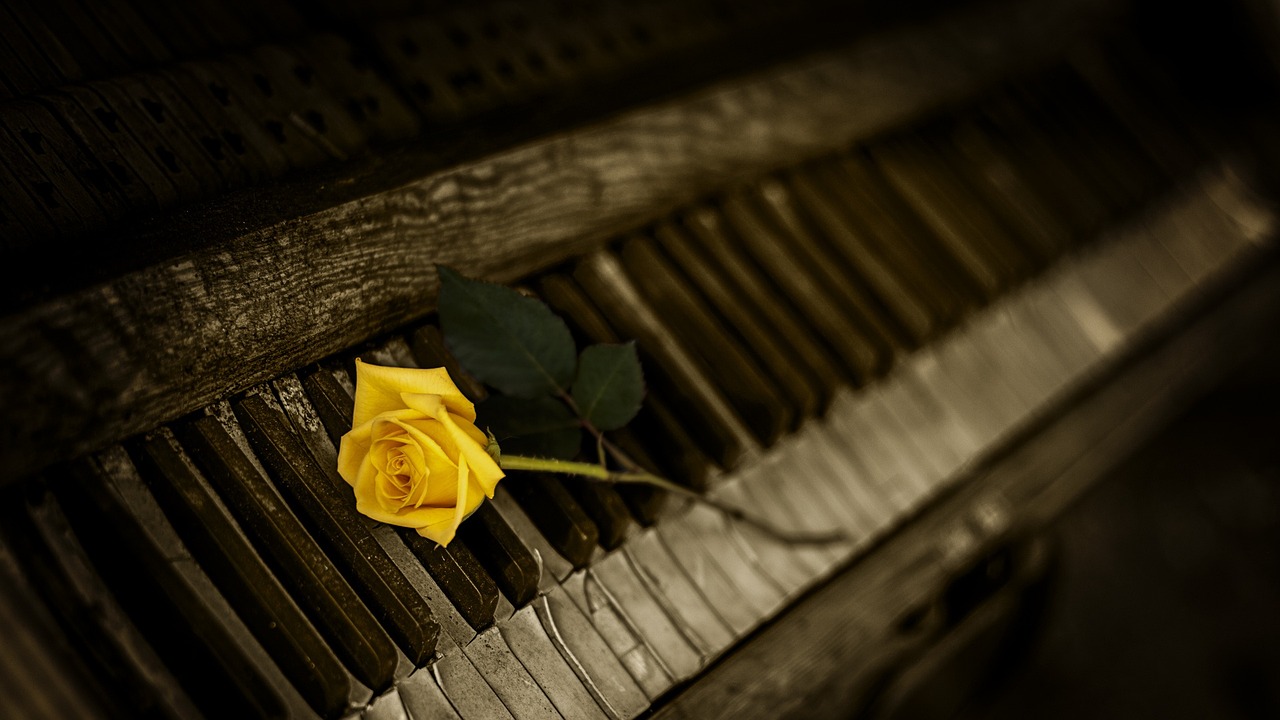
Helene von Breuning
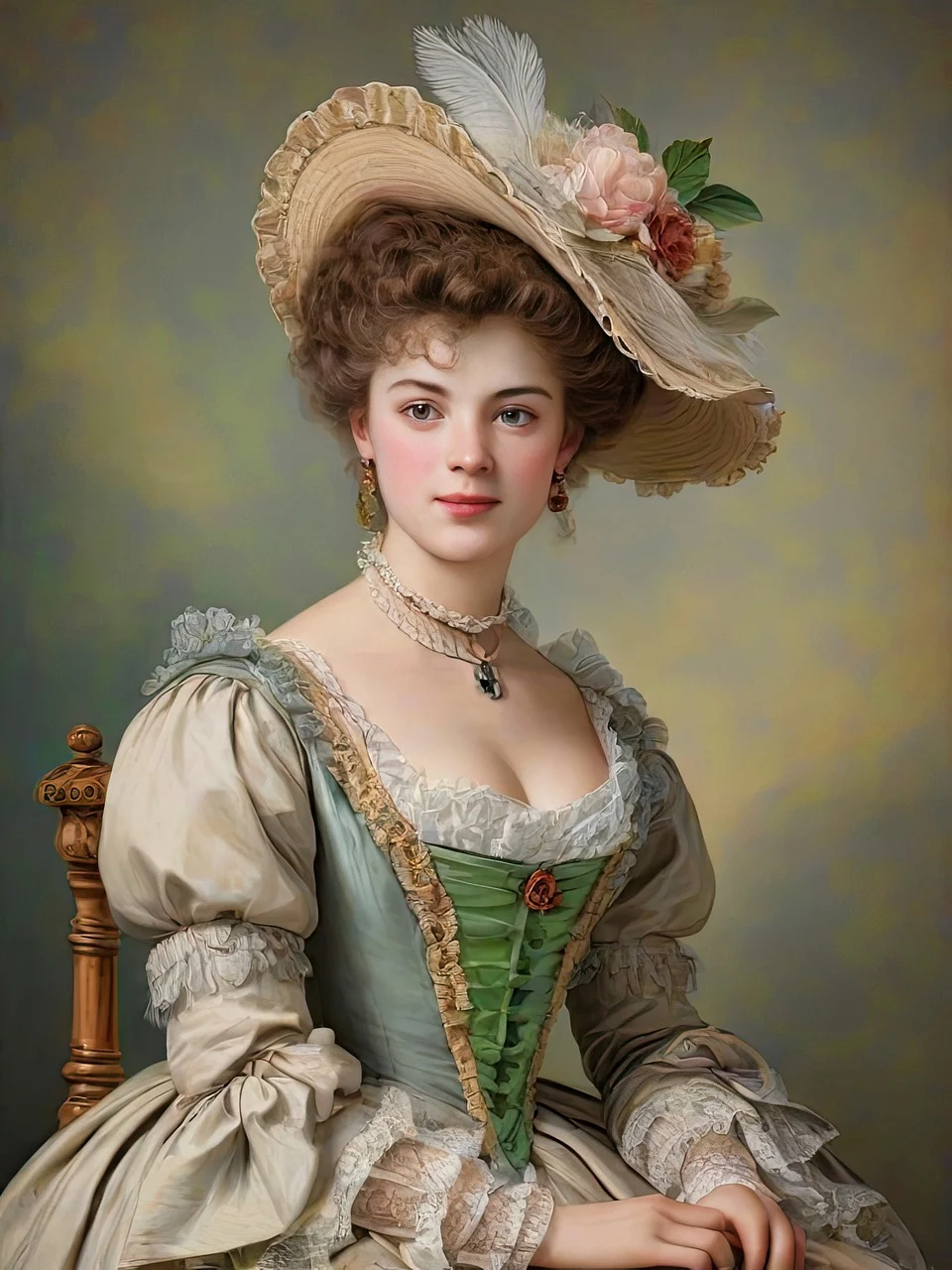
Beethoven found respite from his dysfunctional home life with the family of Helene von Breuning (3 January 1750 – 9 December 1838) whose children, Lorchen and Lenz, he loved and taught the piano.
Helene embraced him as one of her children and was referred to as his "second mother" - the Breuning home on Bonn's Münsterplatz was a happy retreat where he visited almost daily and was a frequent overnight guest.
Helene von Breuning was a member of the Bonn upper class taught young Ludwig refined social manners, introduced him into social circles and helped to cultivate his lifelong passion for literature and poetry.
Helene's daughter, Lorchen was young Beethoven's first love, but she later married another long-time friend of Beethoven, Franz Gerhard Wegeler.
Beethoven and Stephan Von Breuning remained close friends for the rest of their lives (Stephan died just two months following Beethoven in 1827).
In 1787, when he was 16, he traveled to Vienna to further his music studies but soon after his arrival, he had to return to Bonn, Germany when his mother, Maria Magdalena Beethoven (nee: Keverich), fell ill.
She died on July 17, 1787 at the age of forty which meant that the family was increasingly dependent on young Ludwig for support.
The death of his mother affected Beethoven and wrote: “She was such a good, kind mother to me and indeed my best friend. Oh! who was happier than I, when I could still utter the sweet name of mother and it was heard and answered; and to whom can I say it now?”
In 1789, Ludwig van Beethoven obtained an order for one half of his father's pay to be turned over to him for support of the family.
Vienna, Austria
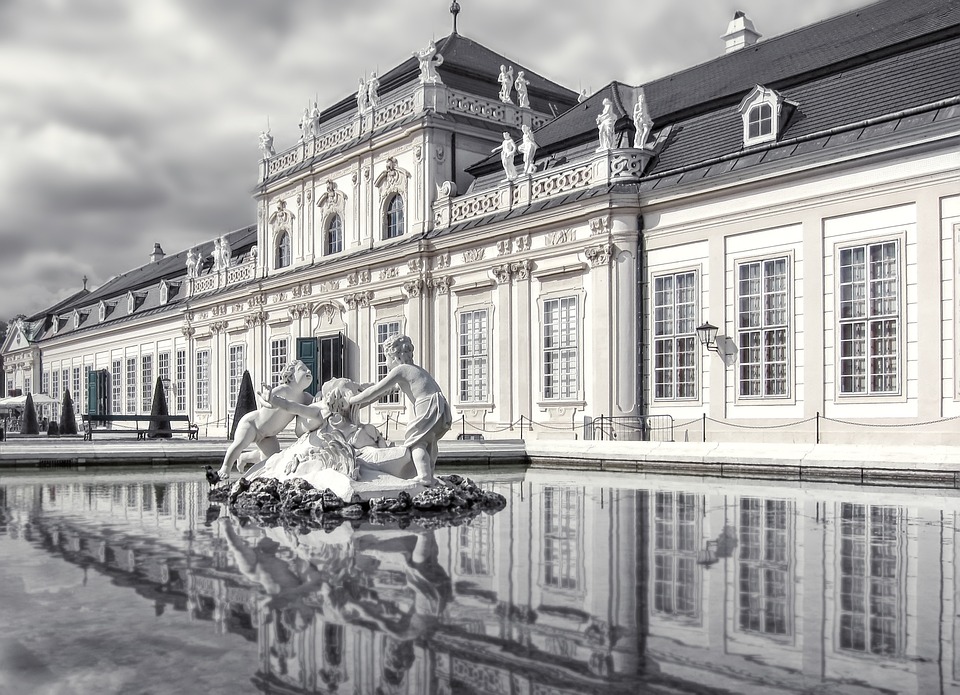
Ludwig van Beethoven again left Bonn for Vienna in November 1792 to study this time as the pupil of Joseph Haydn that was arranged for him by the Elector in Bonn to further develop his skill as a composer.
Franz Joseph Haydn (31 March 1732 – 31 May 1809), an Austrian composer of the Classical period was a friend and mentor of Wolfgang Mozart and the elder brother of composer Michael Haydn.
On December 18, 1792, his father died - the young composer did not attend his father's funeral.
Haydn was a court musician for the wealthy Esterházy family at their Eszterháza Castle and is remembered as the "Father of the Symphony" and "Father of the String Quartet".
Haydn's most well-known works include the London Symphonies, The Creation, Trumpet Concerto, and Cello Concerto No. 2 in D Major.
Beethoven's return to Vienna was characterised by many original works composed on a grand scale.
He also gained a reputation as a virtuoso pianist (highly skilled musical performer), and was soon patronised by one of the most significant aristocratic supporters, Karl Alois, Prince Lichnowsky (21 June 1761 – 15 April 1814) - he is remembered for his patronage of music and his relationships with Wolfgang Amadeus Mozart and Ludwig van Beethoven.
This resulted in his three Opus 1 piano trios (the earliest works to which he accorded an opus number) in 1795.
Ludwig van Beethoven-Deafness
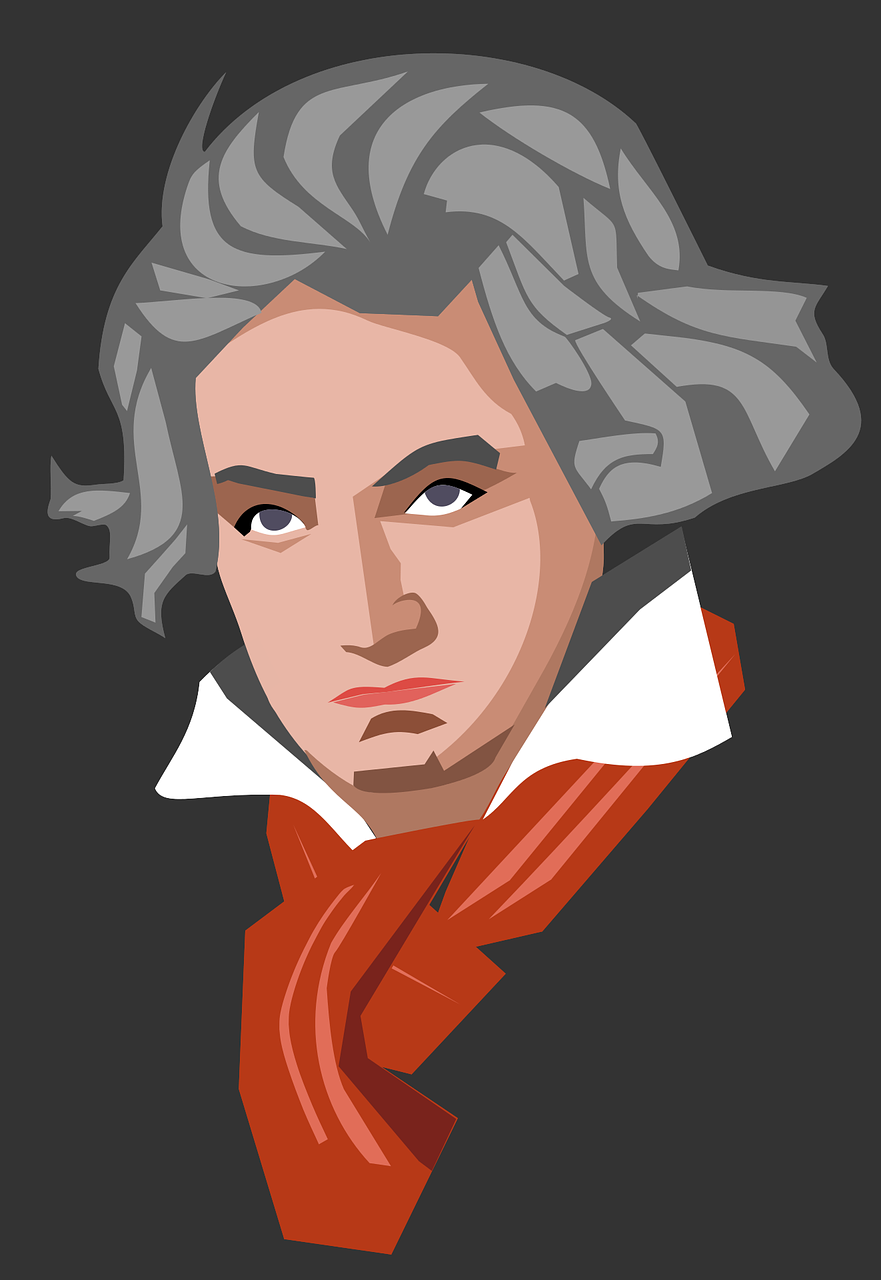
Hearing was the sense the famed classical composer, Ludwig van Beethoven required more than any other.
He first noticed difficulties with his hearing sometime in 1798 aged 28 when he began noticing a buzzing noise in his ears.
He was hearing impaired but not completely deaf when he composed "Moonlight Sonata" in 1801 aged 31.
By 1823, when he composed his Ninth Symphony (which includes “Ode to Joy”), one of the most important classical pieces of all time, he couldn't hear a single note.
Sadly, he had to converse with colleagues, visitors and friends through written notes.
Autopsy results indicated that Beethoven had cirrhosis of the liver and analysis of his DNA revealed large amounts of lead in his system.
Works of Ludwig van Beethoven
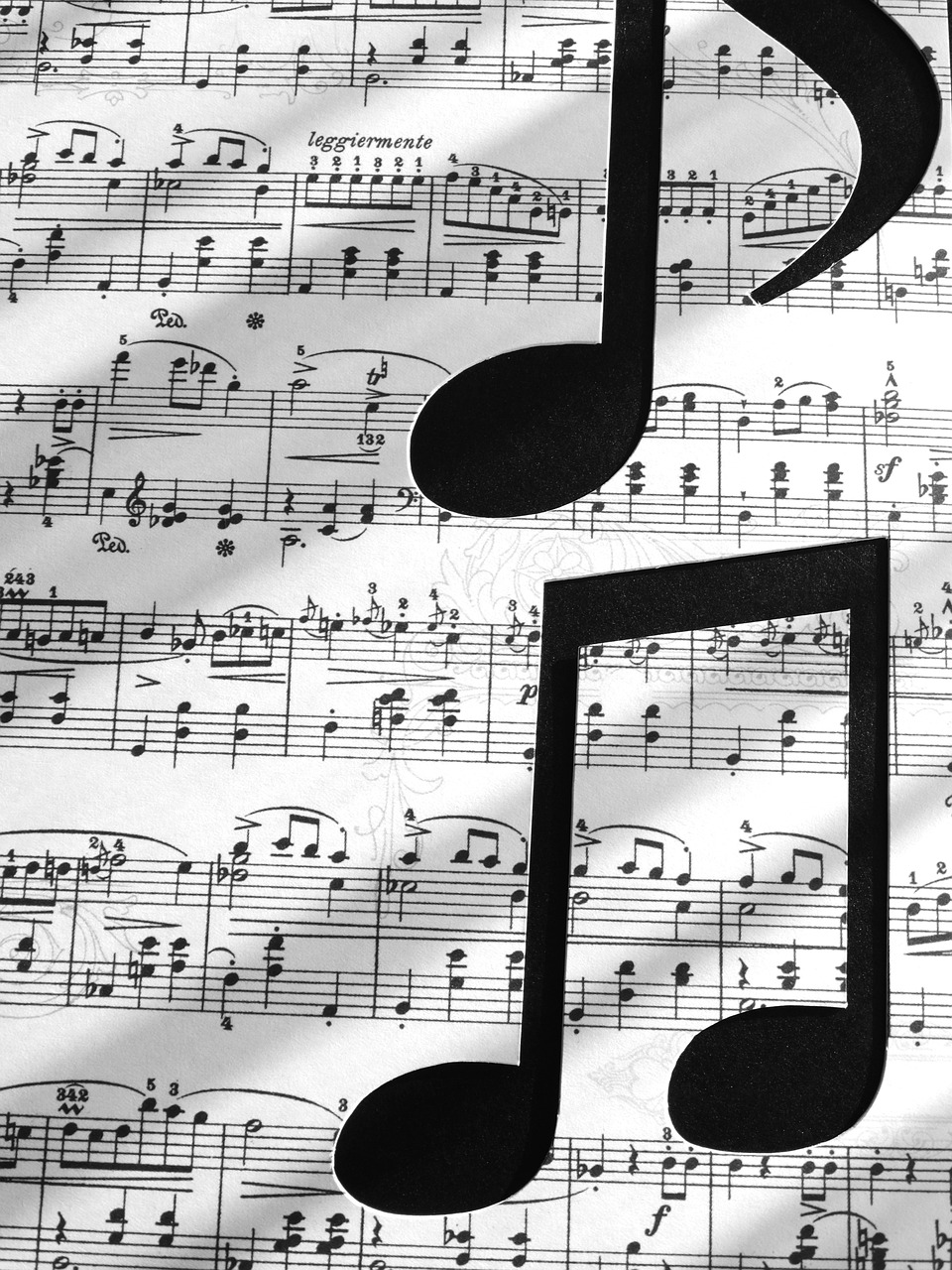
Ludwig van Beethoven composed 722 works written over forty-five years in all the main genres of classical music, including symphonies, concertos, string quartets, piano sonatas and opera.
His compositions range from solo works to those requiring a large orchestra and chorus.
They began in 1782 when he was only eleven years old in Bonn, until his last work before his death in Vienna in 1827.
His work is divided into three periods:
*"Early" Period - Beethoven's works brought the Classical form to its highest expressive level.
*"Middle" or "Heroic" Period - established Beethoven going beyond the conventions of classicism.
*"Late" Period - Beethoven's works written between 1815 and 1827 surpassed everything that he had composed before.
Orchestral Music
Ludwig van Beethoven wrote nine symphonies, nine concertos, and a variety of other orchestral music, ranging from overtures and incidental music for theatrical productions to other miscellaneous works written for a particular occasion.
Famous Compositions
"Ode to Joy"
Beethoven's Ninth Symphony is the first symphony to incorporate vocal soloists and chorus into what, until then, had been a purely instrumental genre.
His anthem for humanity, "Ode to Joy" (German: An die Freude) is the famous hymnal theme to the Ninth Symphony's finale symbolizing hope, unity and freedom for all people.
"Ode to Joy" was a poem written by German poet/playwright/philosopher and historian, Friedrich Schiller (10 November 1759 – 9 May 1805) which Beethoven set to music as part of his ninth and last symphony between 1822 and 1824.
Friedrich Schiller is considered to be Germany's most important classical playwright.
"Ode to Joy" was chosen by the Council of Europe as the anthem of the European Union.
"Für Elise"
Bagatelle No. 25 in A minor for solo piano, commonly known as "Für Elise" is one of Ludwig van Beethoven's best-known compositions that he composed on April 27, 1810.
Beethoven fell in love many times and proposed marriage to three different women.
However, the identity of the woman "Für Elise" is dedicated to has been the subject of years of speculation suggesting Therese Malfatti, Elisabeth Röckel or Elise Barensfeld.
"Für Elise" was published in 1867, 40 years after his death.
When Beethoven first drafted this short piano piece, he placed it in a drawer with his many other draft works.
One theory is that "Für Elise" was Therese Malfatti, a woman to whom Beethoven proposed in 1810, the same year he composed "Für Elise".
Baroness Therese von Droßdik (née Malfatti; 1 January 1792 – 27 April 1851) was an Austrian musician who was a student and close friend of Ludwig van Beethoven.
She is regarded as the dedicatee of his "Für Elise".
In April or May 1810 Beethoven wrote to Therese a letter which ended: "Now fare you well, respected Therese. I wish you all the good and beautiful things of this life. Bear me in memory—no one can wish you a brighter, happier life than I—even should it be that you care not at all for your devoted servant and friend, Beethoven".
Therese Malfatti married the Austrian nobleman and state official Wilhelm von Droßdik in 1816.
Moonlight Sonata
Piano Sonata No. 14 in C-sharp minor is a piano sonata Beethoven completed in 1801 and premiered by the composer himself in 1802.
This sonata was dedicated to Beethoven's 16 year old Austrian student, Countess Julie "Giulietta" Guicciardi (23 November 1784 – 22 March 1856) with whom he was in love but did not manifest into marriage.
This became known as the Moonlight Sonata (German: Mondscheinsonate) another one of Beethoven's most enduringly popular piano sonatas ever written.
Moonlight Sonata name came about in the 1830s, when German Romantic poet and music critic, Heinrich Friedrich Ludwig Rellstab (13 April 1799 – 27 November 1860) published a review in which he likened the first movement of the piece to a boat floating in the moonlight on Switzerland’s Lake Lucerne.
At this time, Ludwig van Beethoven was hearing impaired but not completely deaf when he wrote "Moonlight Sonata."
Eroica' Symphony
Symphony No. 3 composed in 1803–1804 one of Beethoven's most celebrated works marking the beginning of the "middle or “heroic” period" and is widely considered a landmark in the transition between the Classical and the Romantic era - it was Beethoven's largest solely instrumental work.
The work premiered in Vienna on 9 June 1804 at Lobkowitz Palace, Vienna (private) and 7 April 1805, Theater-an-der-Wien (public).
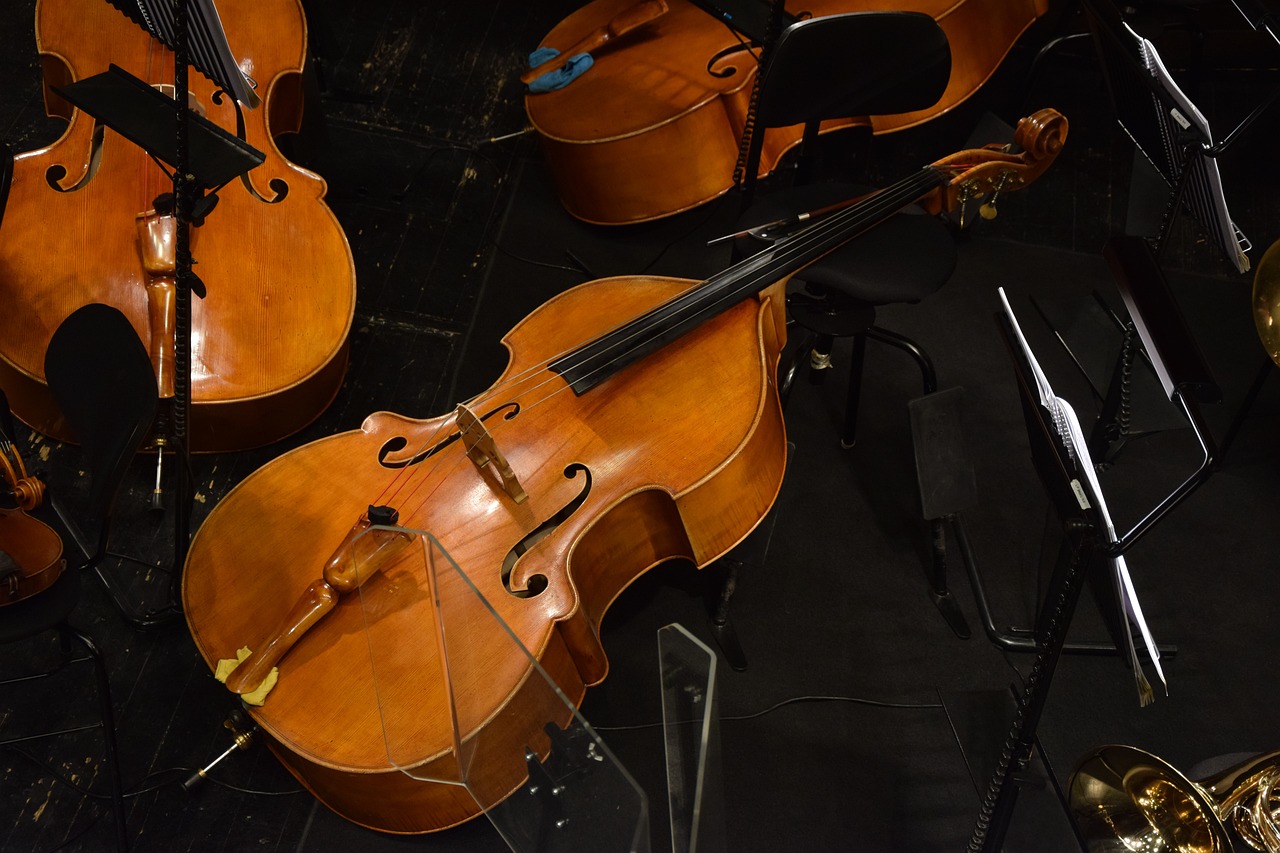
Death
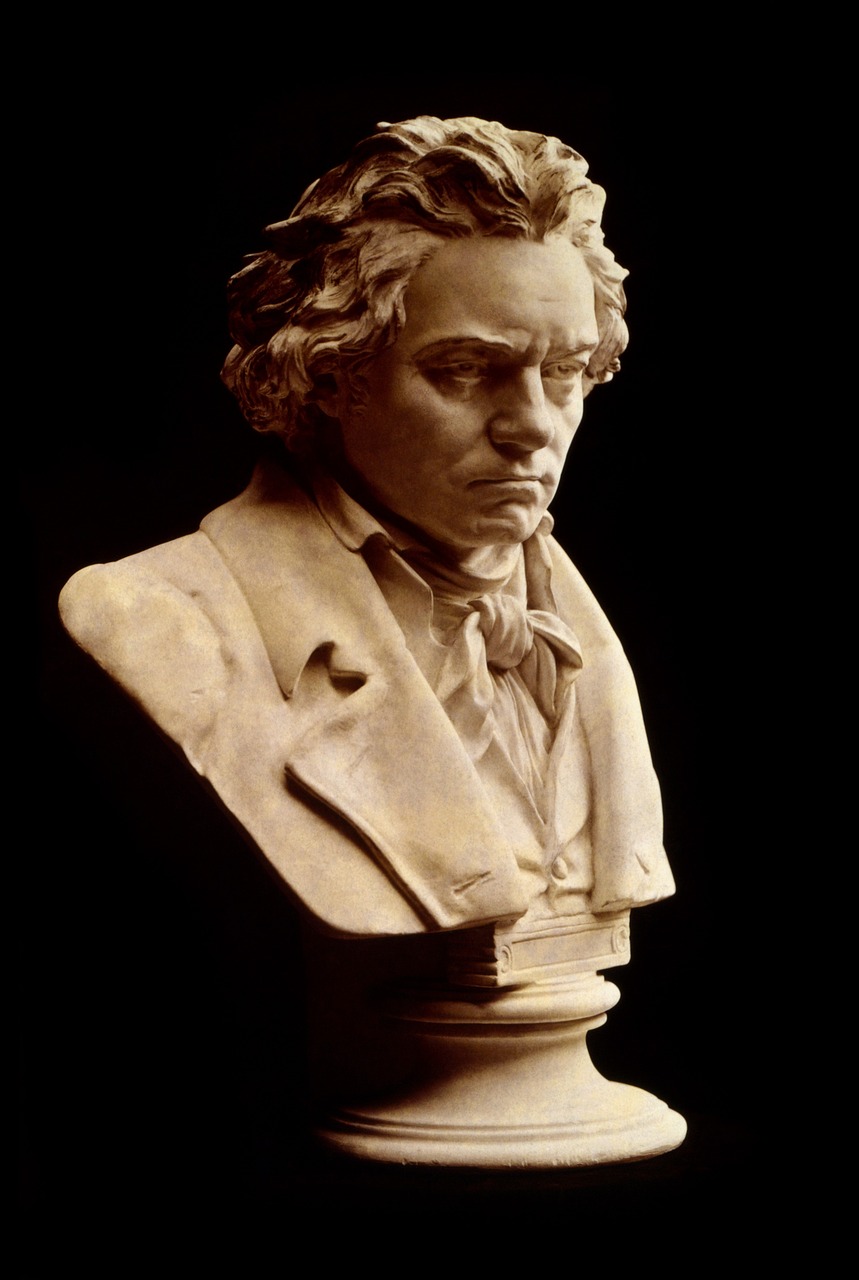
On 24 March, Ludwig van Beethoven was given his last rites by his priest and on the 26th of March, 1827 the famous composer died early that evening of alcoholic liver and kidney disease aged fifty six - the "Late Period" when he produced some of his most admired work.
The funeral was held on 29 March 1827 at the parish church in Alsergrund, and he was buried in the Währing cemetery, northwest of Vienna.
Thousands of citizens lined the streets for the funeral procession, theaters were closed, and many notable artists participated in the funeral procession as pallbearers or torch bearers.
On April 3, 1827, Mozart's Requiem was sung with an additional Libera me by Ignaz von Seyfried at a memorial mass in a Vienna church.
"Immortal Beloved"
Ludwig van Beethoven had many romantic interests in his life but, sadly, he never married nor had children.
Many of the women he loved, inspired his music.
One of the most breathtaking love letters of all time was written in pencil on ten small pages and only found in Beethoven's estate following his death.
The words that open the ten-page love letter are: “My angel, my all, my own self” now famously known as “Immortal Beloved".
Someone or something, although they may pass away from this earthly life will always be "an immortal beloved in my mind and in my soul".
Immortal Beloved (German "Unsterbliche Geliebte") was written on the 6th or 7th of July, 1812 in Teplitz (then in the Austrian Empire, now in the Czech Republic) but, it was never sent - it is now in the Berlin State Library.
Among the many romantic interests in Ludwig van Beethoven's life include Antonie Brentano, Josephine Brunsvik, Johanna van Beethoven, Julie ("Giulietta") Guicciardi, Therese Brunsvik, Amalie Sebald, Dorothea von Ertmann, Therese Malfatti, Anna Maria Erdődy, and Bettina von Arnim.
Which one of these women the love letter, "Immortal Beloved" is addressed to, one can only guess.
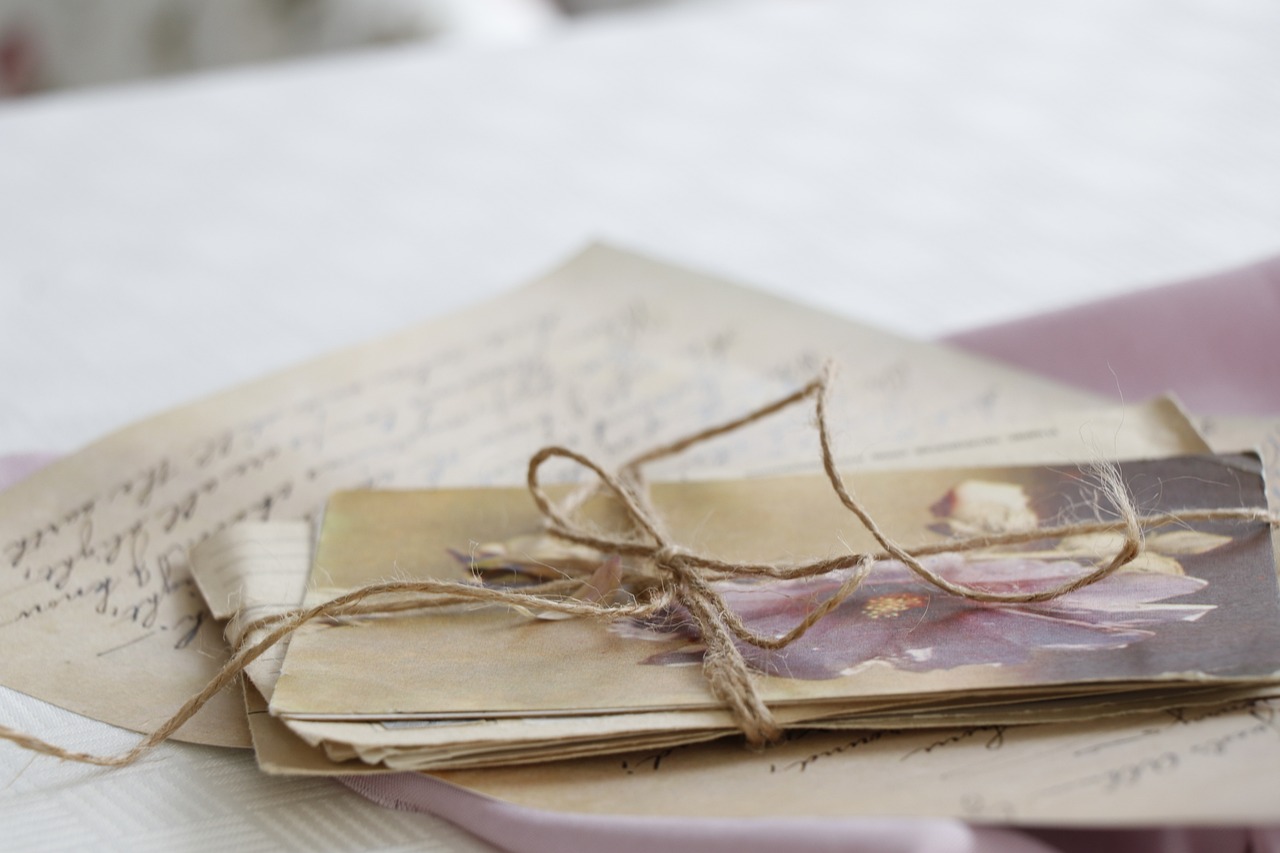
Ezine Articles Author Link
Click on the Link Below

Newsletter Opt-in-Form
The Keen Traveler
Your second block of text...
Recent Articles
-
Beauty of Christmas
Dec 11, 25 04:22 AM
The beauty of Christmas is the celebration of the real Christmas Story with the Birth of Jesus Christ, the Son of God, Who came to bring love, hope, and salvation to the world. -
Spiritual Treasures of Life
Nov 26, 25 04:44 AM
Spiritual treasures of life are internal riches that are more valuable and everlasting than material wealth. -
Teachings of Jesus Christ
Oct 14, 25 05:45 AM
The Teachings of Jesus Christ have fascinated people for centuries with their powerful Message of love and hope that have stood the test of time.


